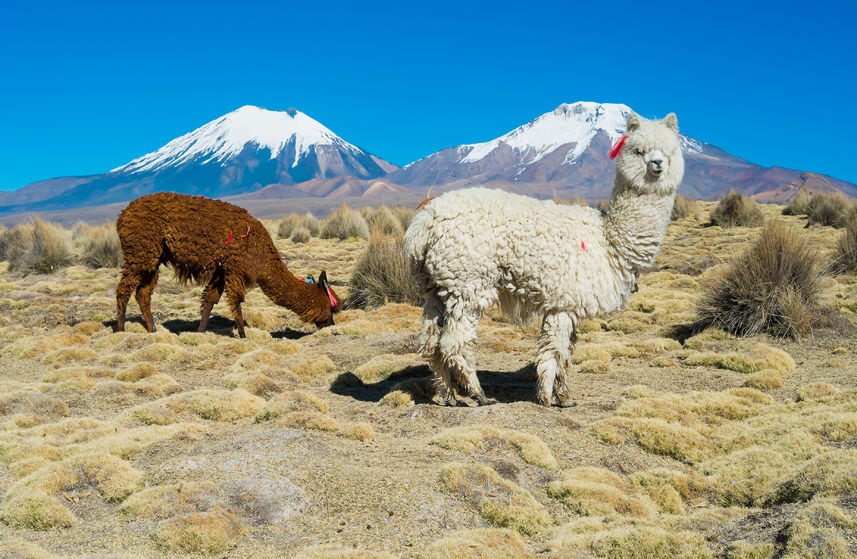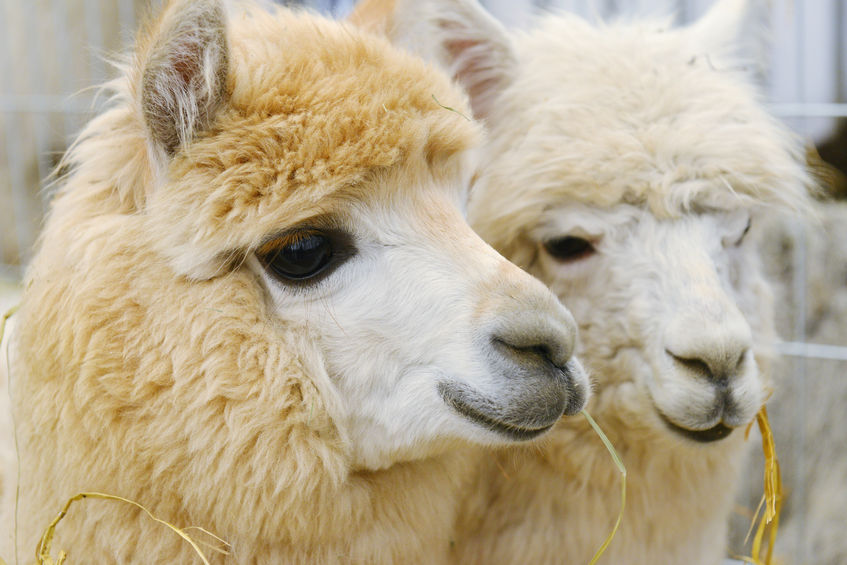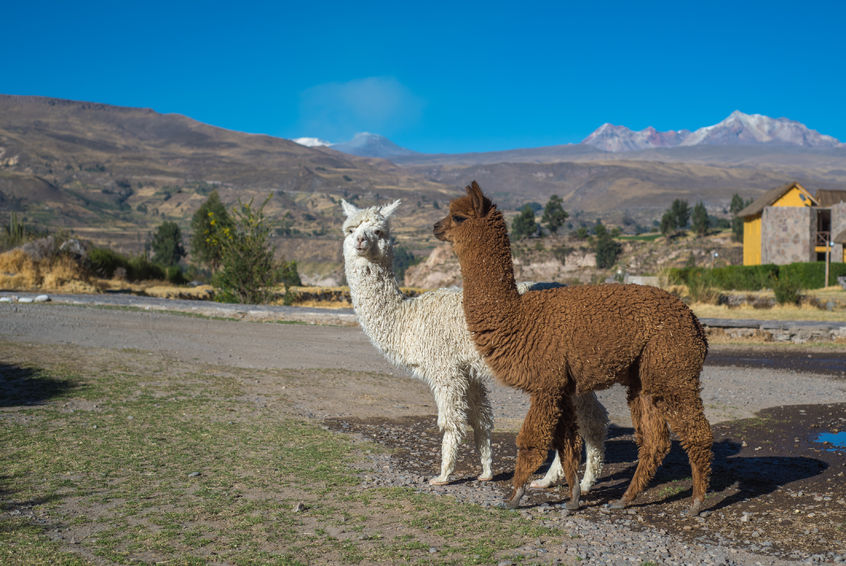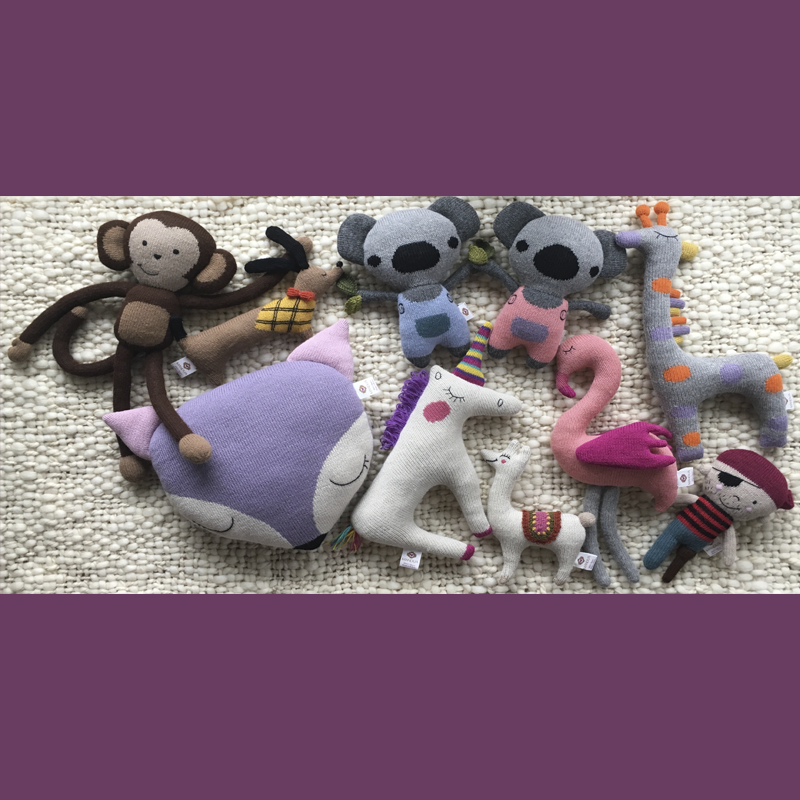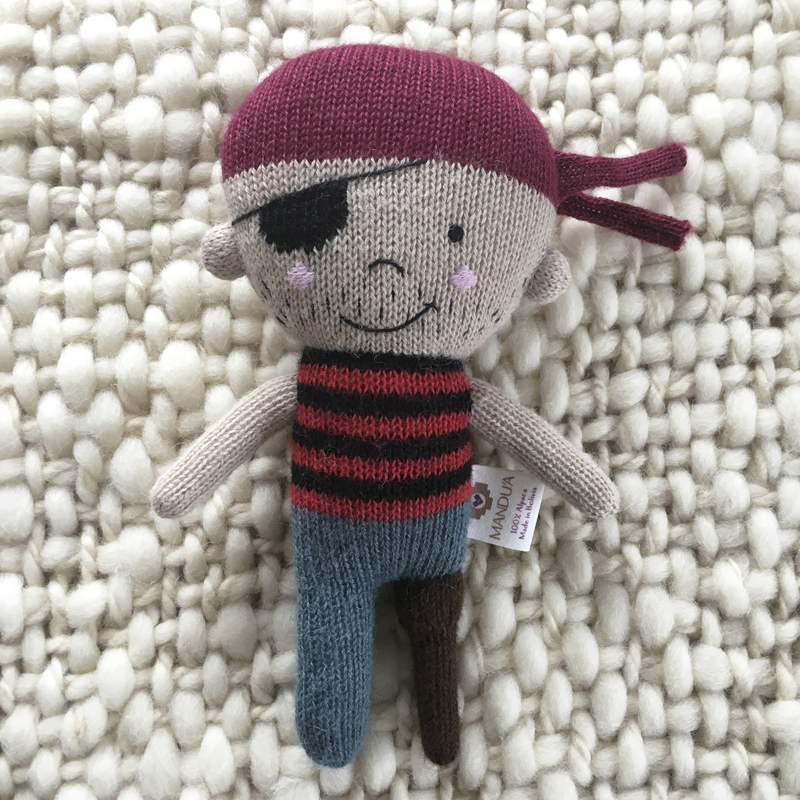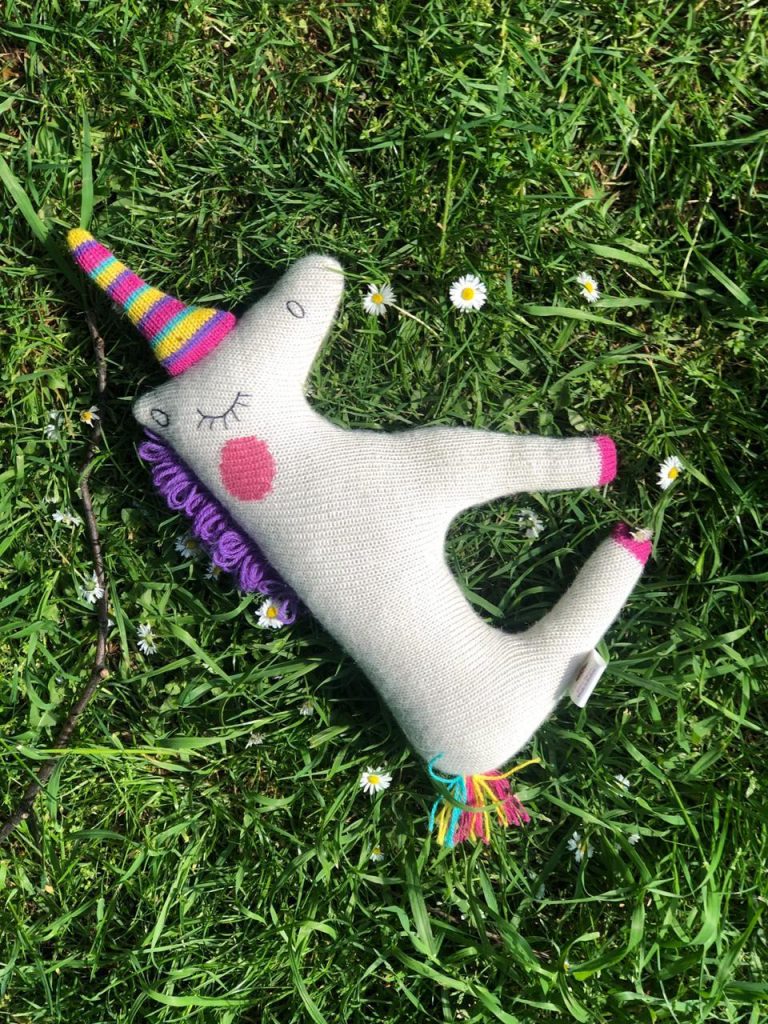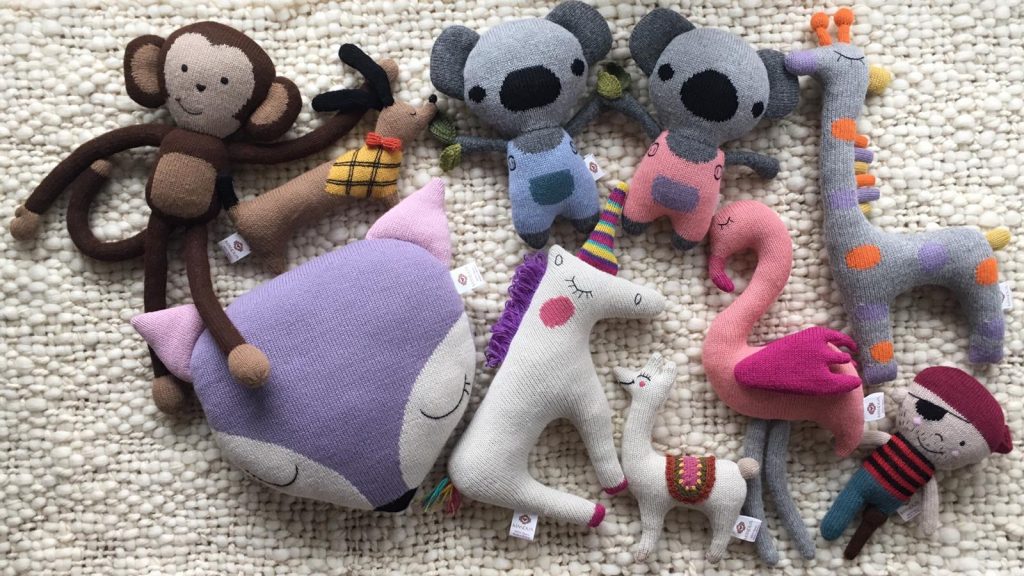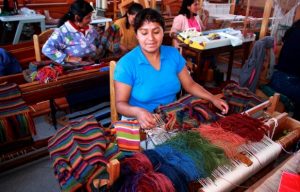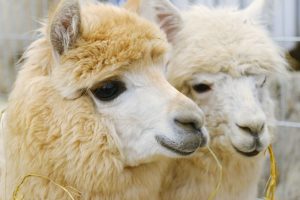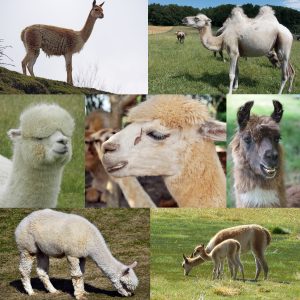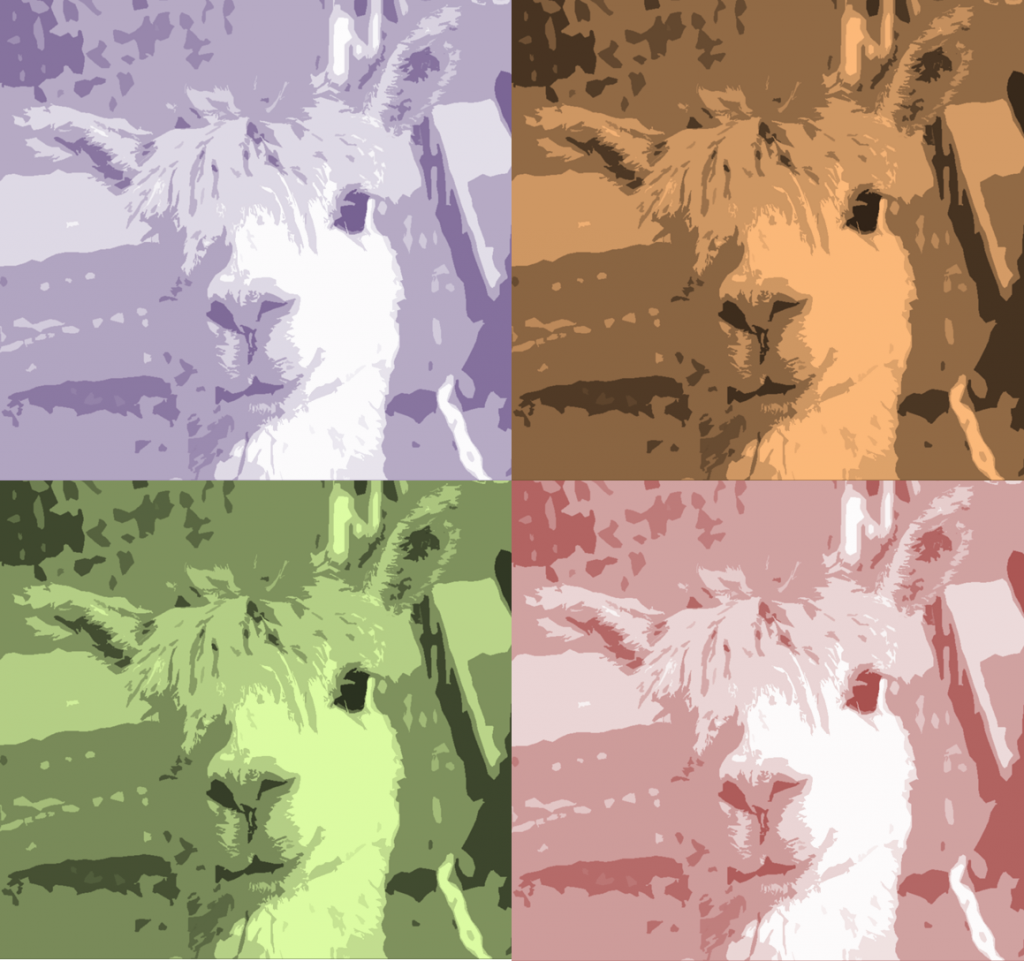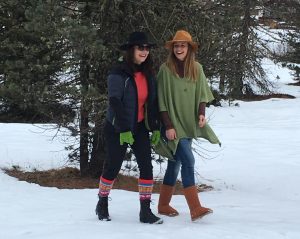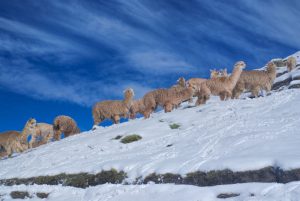Bolivia is the first producer of llamas in the world and the second producer of alpacas, after Peru. It has about 400,000 alpacas distributed among the different locations of the Bolivian „high plane“ or highlands, in the hands of thousands of families of farmers.
Mandua manufactures its products with COPROCA alpaca fiber. This Bolivian company collaborates with 1,200 livestock partners from 20 locations in 3 different departments: La Paz, Oruro and Cochabamba. All located on an average height of 3,800 meters. Each farmer owns between 100 and 2,000 alpacas.
How do alpacas live?
Bolivian highlands are located in the west-central of South America, where alpacas live in a 100% natural environment, with wide pens and where overproduction does not exist. It is so natural that its grasslands do not have automatic irrigation systems. These alpacas have enough space to graze and feed; the smallest farms have at least 20-30 hectares. In times of drought, ecological forages are used to replace conventional pastures. These forages are obtained with low amounts of water and are grown in a few days with corn or rice seeds. Alpacas live an average of 4 to 5 years. Usually the causes of death are natural, although sometimes they can die of cold or suffocation.
When and how are alpacas sheared?
Each alpaca is sheared every two years since they are two years of age.
This procedure is carried out once a year, between October and February, since they are the least cold months, preventing alpacas from freezing. It is also known that when alpaca accumulates a lot of fiber, this can suffocate it and even die.
Normally the farmer shears them by interspersing two groups. In other words, those alpacas who were sheared the previous year will still have to wait until the following year. There are several traditional techniques to shear them, with different mooring practices; from mooring the 4 legs to tie their heads in a corridor.
Any of these millenary techniques last between 15 and 20 minutes per animal. The farmers have the help of experts, who use the most appropriate cutting instruments so that the animals do not suffer pain at any time. It is important to note that there is no mistreatment towards alpacas and they are released immediately after being sheared.
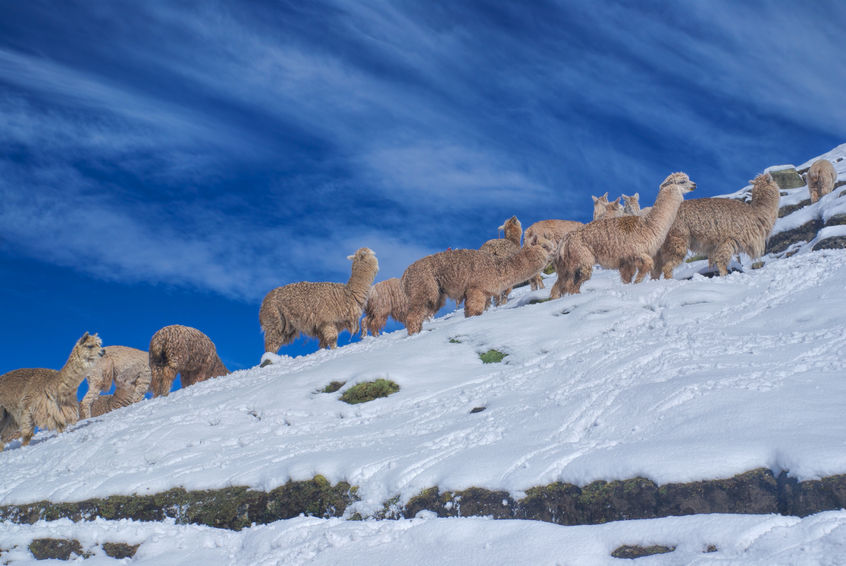
How is alpaca fiber?
When shearing alpaca, different qualities of fleece are obtained. Fleece is the alpaca fiber before being processed and arranged in clews, whose quality varies between: Thick, Standard, Super Fine, Guariso, Baby and Royal. The last two qualities are found in animals in smaller proportion. The youngest (2 years) are considered “baby alpaca” although this sort of fleece is also found in small areas of the most adult alpacas.
With what kind of products is alpaca fiber dyed?
The company Coproca uses safe colorants to dye the alpaca fibers, whose chemical agents are allowed and certified by the ETAD.
In addition, fiber washes are free of APEO and are approved within the current ecological principles.
Would you like to know about alpaca benefits and to discover why is so special?:
Find interesting facts on the following links: https://mandua-shop.com/alpaca/alpacas-and-the-goats-of-cashmere , https://mandua-shop.com/die-tolle-alpaka-wolle

